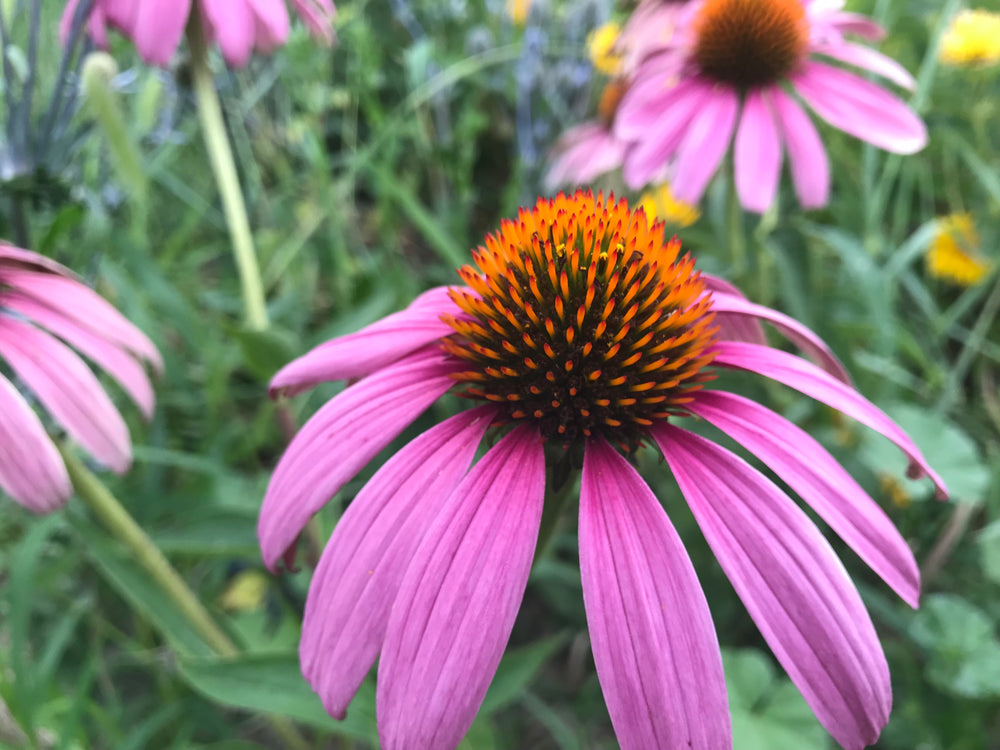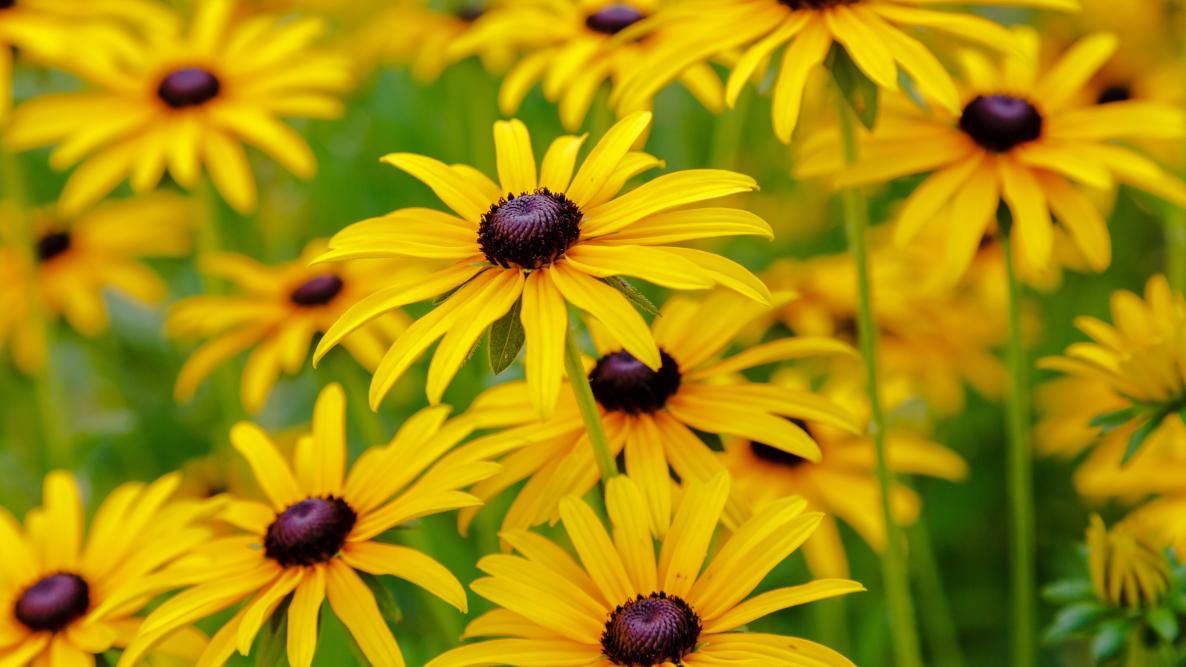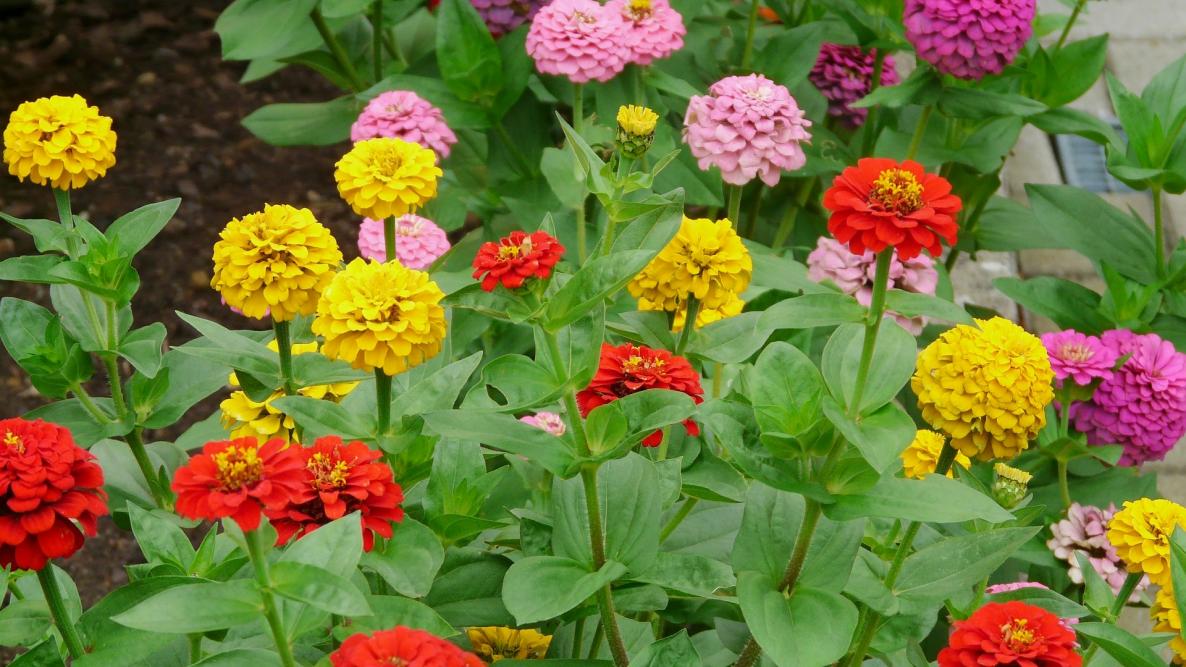Amazing Companion Plants For Coreopsis
Amazing Companion Plants for Coreopsis
Coreopsis is a beautiful and versatile perennial that can add a touch of brightness to any garden. It comes in a variety of colors, including yellow, orange, pink, and red, and it blooms from early summer to fall. Coreopsis is also a great choice for pollinator gardens, as it attracts bees, butterflies, and other beneficial insects.
One of the best things about coreopsis is that it's easy to care for. It prefers full sun and well-drained soil, and it's drought-tolerant once established. Coreopsis is also relatively pest- and disease-free.
If you're looking to add coreopsis to your garden, you'll want to choose the right companion plants. Some good choices include:
- Purple coneflower: This tall, stately flower is a perfect complement to coreopsis's bright yellow blooms. Purple coneflower also attracts pollinators, so it's a great addition to any butterfly or bee garden.

- Butterfly weed: This bright orange flower is another great choice for pollinator gardens. It's also deer-resistant, so it's a good option if you have a problem with deer in your garden.

- Russian sage: This tall, blue flower adds a touch of elegance to any garden. It's also drought-tolerant and pest-resistant, making it a low-maintenance choice.

- Zinnia: This cheerful annual comes in a variety of colors, so you can find one that perfectly complements your coreopsis. Zinnias are also easy to grow and care for, making them a great choice for beginner gardeners.

- Salvia: This genus of plants includes a wide variety of colorful flowers, making them a great choice for companion planting with coreopsis. Salvias are also drought-tolerant and pest-resistant, making them a low-maintenance choice.

In addition to these plants, there are many other great companion plants for coreopsis. When choosing companion plants, it's important to consider the following factors:
- Color: Choose companion plants that will complement the colors of your coreopsis. For example, if you have yellow coreopsis, you might want to choose purple or blue companion plants.
- Height: Choose companion plants that will be similar in height to your coreopsis. This will help to create a balanced and visually appealing garden.
- Bloom time: Choose companion plants that will bloom at the same time as your coreopsis. This will help to extend the flowering season in your garden.
- Pest and disease resistance: Choose companion plants that are resistant to the same pests and diseases as your coreopsis. This will help to protect your plants from harm.
By choosing the right companion plants for your coreopsis, you can create a beautiful and vibrant garden that will attract pollinators and add interest all season long.
Coreopsis is a beautiful and versatile flower that can add a touch of brightness to any garden. But did you know that coreopsis can also be a great companion plant for other flowers?
The right companion plants can help to enhance the beauty of coreopsis, while also providing benefits such as pest control and improved drainage. Some of the best companion plants for coreopsis include:
- Purple coneflower
- Russian sage
- Echinacea
- Gaillardia
- Liatris
- Salvia
- Yarrow
- Aster
- Bee balm
These plants all have similar growing requirements to coreopsis, so they will thrive in the same conditions. They also complement each other's colors and textures, creating a beautiful and harmonious display.
If you're looking for more information about coreopsis companion plants, I recommend visiting Gardenia Inspiration. This website has a comprehensive list of companion plants for coreopsis, as well as tips on how to plant and care for these plants.
FAQ of coreopsis companion plants
Question 1: What are some good companion plants for coreopsis?
Answer: Coreopsis is a versatile plant that can be paired with a variety of other plants. Some good companion plants for coreopsis include:
- Echinacea (coneflower)
- Hemerocallis (daylily)
- Monarda (beebalm)
- Achillea (yarrow)
- Gaillardia (blanket flower)
- Salvia (sage)
- Rudbeckia (black-eyed Susan)
- Liatris (gayfeather)
- Asters
These plants all have similar growing conditions and will help to attract pollinators to your garden. They also complement coreopsis's bright yellow or orange flowers, creating a beautiful and colorful display.
Question 2: What are the benefits of companion planting with coreopsis?
Answer: There are several benefits to companion planting with coreopsis. First, it can help to attract pollinators to your garden. Coreopsis is a favorite flower of bees, butterflies, and hummingbirds, so planting it with other pollinator-friendly plants will help to create a haven for these beneficial insects.
Second, companion planting can help to improve the health of your coreopsis plants. Some companion plants can help to repel pests and diseases, while others can help to improve the soil quality. For example, marigolds are known to repel nematodes, which can be a problem for coreopsis plants.
Finally, companion planting can simply make your garden look more beautiful. By pairing coreopsis with other colorful and complementary plants, you can create a stunning display that will be the envy of your neighbors.
Question 3: Do coreopsis flowers spread?
Answer: Yes, coreopsis flowers can spread. Both Coreopsis grandiflora and Coreopsis verticillata spread by rhizomes and are also self-seeding. This means that they will eventually form large clumps of plants, which can be a good thing or a bad thing, depending on your preference.
If you want to keep your coreopsis plants from spreading too much, you can deadhead the flowers regularly. This will prevent them from setting seed. You can also divide the clumps of plants every few years to keep them in check.
Question 4: What are some tips for planting coreopsis companion plants?
Answer: Here are a few tips for planting coreopsis companion plants:
- Choose plants that have similar growing conditions. Coreopsis prefers full sun and well-drained soil.
- Plant your companion plants in a staggered pattern. This will help to create a more natural-looking display and will also help to prevent the plants from competing with each other for resources.
- Water your plants regularly, especially during the first year after planting.
- Fertilize your plants in the spring and fall.
Question 5: What are some common problems with coreopsis companion plants?
Answer: The most common problems with coreopsis companion plants are pests and diseases. Some common pests that can affect coreopsis include aphids, spider mites, and whiteflies. Some common diseases that can affect coreopsis include powdery mildew and rust.
To prevent pests and diseases, you can:
- Plant your coreopsis in a sunny location with good air circulation.
- Water your plants regularly, but don't overwater them.
- Inspect your plants regularly for signs of pests or diseases.
- Treat any pests or diseases as soon as they are detected.
Image of coreopsis companion plants
5 different images of "coreopsis companion plants" from Pinterest.com:
These two plants are a classic combination that looks great in any garden. The purple coneflower's tall, arching stems provide a striking contrast to the coreopsis's bright yellow flowers.

Another popular companion plant for coreopsis is the black-eyed Susan. These two plants have similar growing conditions and bloom at the same time, so they make a great pairing.

Zinnias and coreopsis are both annuals that come in a wide range of colors, so you can create a colorful and cheerful display by planting them together.

Echinacea and coreopsis are both native to North America, so they make a great choice for a pollinator-friendly garden. These two plants also have similar water and soil requirements, so they're easy to care for.
Lavender and coreopsis are both drought-tolerant plants that add a touch of elegance to any garden. The lavender's purple flowers provide a beautiful contrast to the coreopsis's yellow flowers.







Post a Comment for " Amazing Companion Plants For Coreopsis"